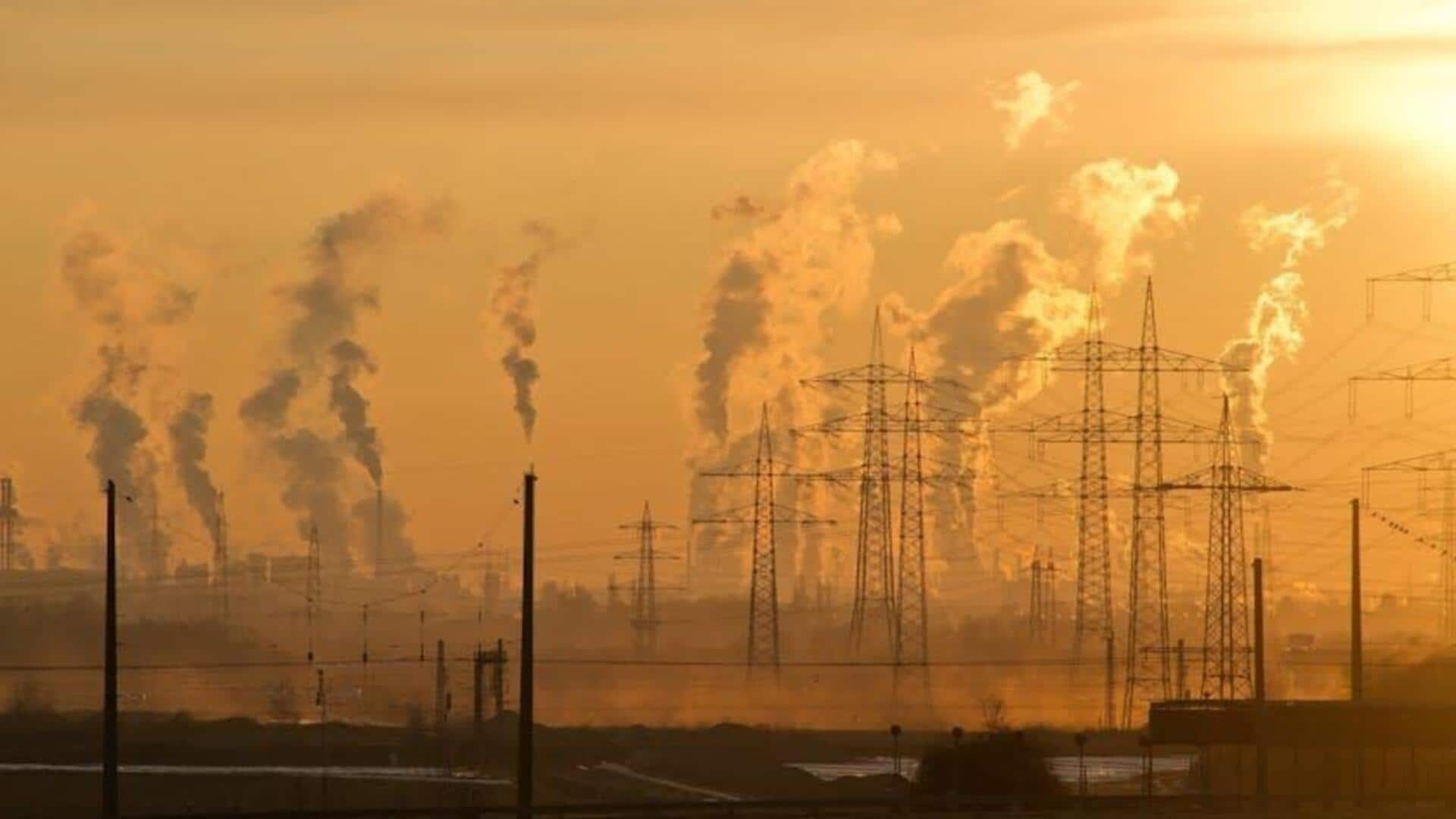What are Climate Models?
Climate models are sophisticated computer programs that simulate Earth's climate system. They incorporate various components, including the atmosphere,
oceans, land surface, and ice cover. These models use mathematical equations to represent physical processes like solar radiation absorption, greenhouse gas emissions, and air and water movement. They enable scientists to simulate climate changes and predict future scenarios by adjusting input parameters. The complexity of these models varies significantly, with some being relatively simple and others involving intricate details. The common goal is to understand the interactions within the climate system, and how these interactions might change over time due to various external factors, such as changes in greenhouse gas concentrations or solar activity. The output of these models includes temperature, precipitation, wind patterns, and other crucial climate indicators.
How Do They Work?
Climate models function by dividing the Earth into a three-dimensional grid. Within each grid cell, the model calculates the effects of various factors, such as temperature, pressure, and humidity. Scientists use these calculations to model atmospheric conditions. Equations representing physical laws and processes are solved within each grid cell. These include radiative transfer, which deals with how energy from the sun is absorbed and emitted by the atmosphere and surface; fluid dynamics, which governs the movement of air and water; and biogeochemical cycles, which model the interaction between the atmosphere, oceans, land, and living organisms. As these calculations occur, the model moves forward in time, simulating climate evolution. The complexity of the models depends on the resolution of the grid and the detail incorporated into the represented processes. Supercomputers are typically needed to run these complex climate models, given the immense number of calculations involved.
Evolution Over Time
Climate models have significantly evolved since their inception. Early climate models, developed in the mid-20th century, were rudimentary, often focusing on simplified representations of the atmosphere. These initial models did not include oceans or other complexities. As computing power increased, these models grew in sophistication, allowing for the integration of the atmosphere, oceans, land surface, and ice sheets. Improvements have included refined representations of clouds, aerosols, and the carbon cycle. The development of these models has benefited from the progress made in observations, allowing scientists to validate and refine the models' accuracy. The incorporation of complex interactions, such as those involving the biosphere and human activities, has increased. Today's advanced climate models can simulate many aspects of the climate system and offer detailed projections of future climate conditions.
Model Accuracy
The accuracy of climate models is continually scrutinized and improved. Their precision is judged by how closely their outputs align with historical climate records. Models are regularly tested against observed data to validate their performance. The predictions produced by these models are, however, subject to uncertainties. These uncertainties can arise from various sources, including approximations in the model equations, the inherent chaotic nature of the climate system, and the limitations of observational data. The models perform better at predicting large-scale global trends than regional or local climate changes. Scientists use ensembles of models to address these uncertainties. By running multiple models with slightly different inputs, a range of possible climate outcomes can be provided, indicating the level of confidence in the projections. Ongoing research aims to reduce these uncertainties through more advanced model development and improved observational datasets.
Current Debates
Climate models are at the heart of ongoing scientific and political discussions. One major debate involves the projected sensitivity of the climate to greenhouse gas increases. Some dispute the magnitude of warming projected by the models. The other debate concerns the role of these models in shaping policy. There are discussions about the extent to which the models should inform climate policy and the degree to which the outputs should be factored into the development of mitigation and adaptation strategies. Moreover, there are discussions about the accuracy and credibility of these models. Understanding these models and their limitations is critical to making informed decisions about climate change and its effects. Ongoing research continues to refine the models, and the scientific community seeks to improve their predictive capabilities, which is crucial for tackling the global climate crisis.







